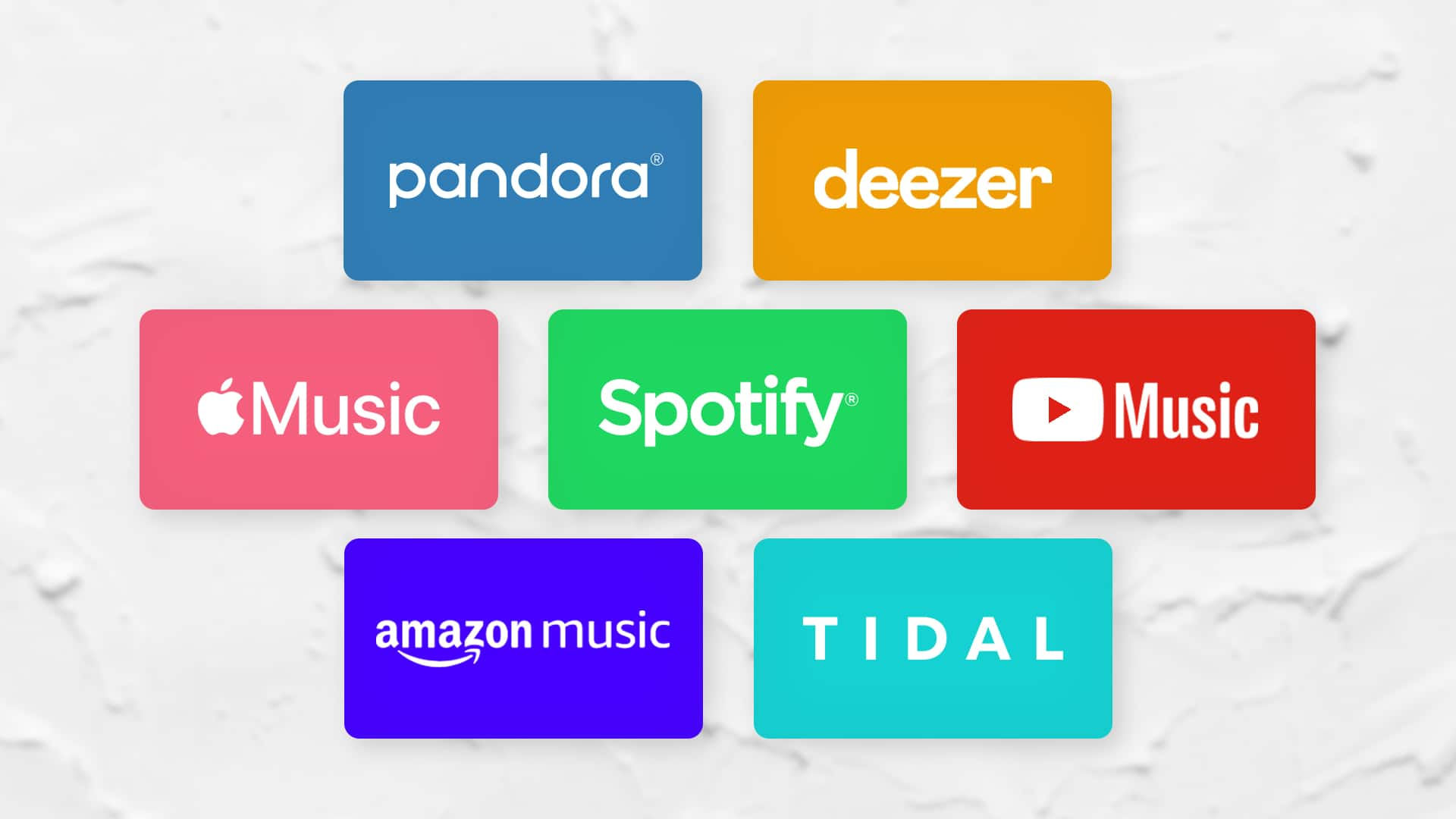Shop At Haya: Your Ultimate Shopping Guide
Discover the best shopping tips, trends, and deals for a smarter buying experience.
Stream Dreams: How Music Services Are Changing the Way We Listen
Discover how streaming services are revolutionizing music experiences and transforming the way we listen. Tune in to the future of sound!
The Evolution of Music Consumption: From Vinyl to Streaming
The journey of music consumption has undergone a remarkable transformation over the decades, evolving from tangible formats to digital streaming. Initially, vinyl records dominated the market, offering an immersive listening experience characterized by rich sound and artwork adorning the album covers. The vinyl era was soon followed by the introduction of cassettes in the 1970s and compact discs (CDs) in the 1980s, both of which provided greater convenience and portability. Each shift represented a significant leap in technology and accessibility, leading to a changing landscape where music could be enjoyed in various settings.
As we entered the 21st century, the rise of the internet revolutionized music consumption once more. With the advent of digital downloads and the emergence of platforms like iTunes, listeners could easily access and curate their music libraries. However, it was the subsequent rise of streaming services such as Spotify and Apple Music that truly redefined how people experience music. These platforms offer unprecedented access to vast catalogs of songs at the click of a button, transforming music consumption into a communal and personalized experience. As we move forward, it will be fascinating to see how these technologies continue to influence the way we connect with music.

How Algorithms Shape Our Musical Preferences on Streaming Platforms
The rise of streaming platforms has revolutionized the way we consume music, and at the heart of this transformation are algorithms. These sophisticated tools analyze our listening habits, preferences, and behaviors to deliver personalized recommendations. By utilizing data such as song skips, repeat plays, and even the time of day we listen, these algorithms create a unique listening experience tailored to each user. This means that what you hear on platforms like Spotify, Apple Music, or YouTube is not just a random selection of tracks; it is carefully curated to keep you engaged and coming back for more.
Moreover, the influence of algorithms extends beyond mere recommendations. They shape our musical tastes by exposing us to new genres and artists that we might not have discovered otherwise. For instance, when a user frequently listens to a specific genre, the algorithm will not only suggest similar artists but also broaden the scope by introducing tracks from adjacent genres. This process can lead to a more diverse music taste and even influence the charts, as songs gain popularity based on algorithm-driven exposure. Therefore, understanding the role of algorithms in shaping our musical preferences is crucial for both consumers and creators alike.
What Are the Pros and Cons of Subscription-Based Music Services?
Subscription-based music services offer numerous pros that appeal to a wide range of users. Firstly, these platforms provide access to vast libraries of music, allowing listeners to explore and discover new artists and genres effortlessly. Additionally, many services offer features such as personalized playlists and recommendations based on listening habits, which enhance the user experience. The convenience of streaming from various devices, including smartphones, tablets, and computers, means that users can enjoy their music anytime, anywhere. Moreover, subscription plans often come at a relatively low monthly cost, making these services an economical choice compared to purchasing individual albums or tracks.
However, there are also cons associated with subscription-based music services that users should consider. One major drawback is the dependence on internet connectivity; without a stable connection, streaming quality can suffer or, in some cases, become unavailable entirely. Additionally, if a user decides to cancel their subscription, they lose access to their curated playlists and saved music, which can be frustrating. Furthermore, the platform's licensing agreements might lead to certain songs or artists becoming unavailable over time, impacting the overall library. Lastly, while users can access a wide variety of music, the focus may shift more towards mainstream hits, potentially overshadowing independent artists and niche genres.